‘Swarms of drones’ spotted in US skies spark panic
The Pentagon is scrambling after midnight swarms of unidentified objects breached several of its most sensitive bases, sparking chaos.
The Pentagon is scrambling to drape the hangars of its most capable combat jets with nets after midnight swarms of unidentified drones breached several of its most sensitive bases.
US media reports unauthorised personal drones have rapidly become an almost common sight over military facilities across the country. But for more than a fortnight last December, fleets of small, remotely operated vehicles lurked over several key locations – sparking evacuations and an urgent investigation.
Langley Air Force Base in Virginia – home to the advanced F-22 Raptor interceptors – was among the sites targeted. As was the nearby home of the elite special forces unit Navy SEAL Team Six and the world’s largest military port at Naval Station Norfolk.
Pentagon deputy press secretary Sabrina Singh on Tuesday confirmed what the media has been reporting since December last year, stating Langley “did experience incursions of unauthorised unmanned aerial systems”.
“It’s something that we have kept our eye on, but I just don’t have more to provide on that,” she said.
Singh added that the number of drones over the airfield had fluctuated daily but had not demonstrated any hostile intent.
The ultra-advanced – and ultra-expensive at $A525,000,000 a pop – F-22 Raptor interceptor fighters were evacuated to alternative air bases as a precaution.
The Langley AFB drone swarms stopped as abruptly as they began after 17 unimpeded nights of overflights. But similar incursions have since been reported at Edwards Air Force Base in California and the secretive Palmdale Plant 42 experimental facility used to develop the new B-21 Raider stealth bomber.
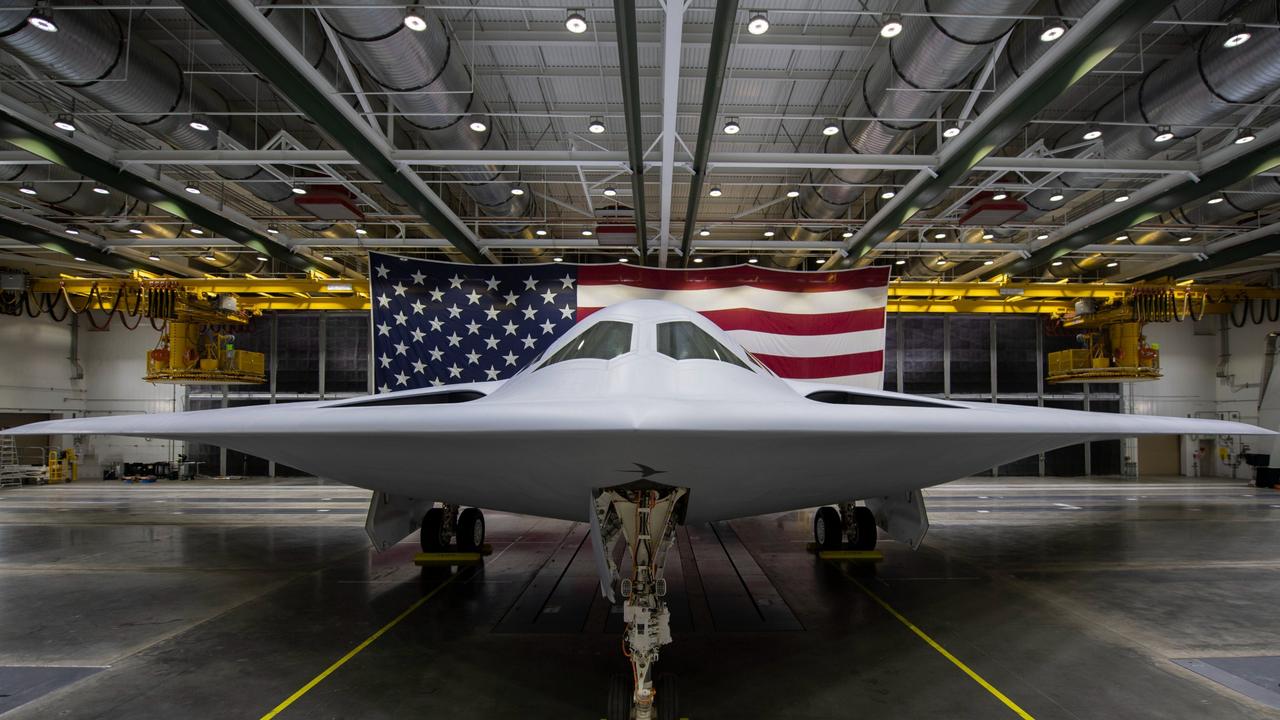
The potential threat they pose has been recognised since as early as 2017.
That’s when the now-retired US Air Force General James Holmes, chief of Air Combat Command, warned: “Imagine a world where somebody flies a couple hundred of those and flies one down the intake of my F-22s with just a small weapon on it”.
No such attack has yet been reported at any US military facility.
But Ukrainian soldiers resisting a Russian invasion of their homeland since 2022 have repeatedly demonstrated small, cheap, commercially available drones can easily be jury-rigged to carry improvised explosives. And that these can used with devastating accuracy and effect.
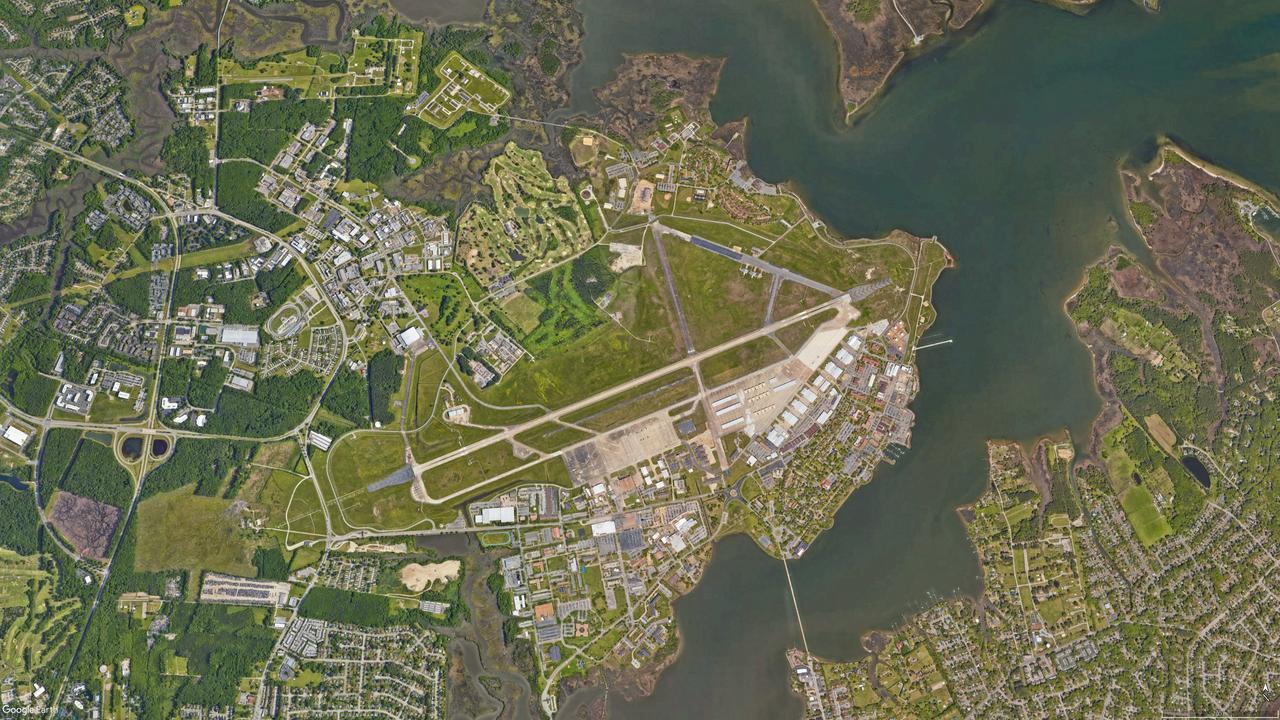
Urgent call for Raptor ‘Cope Cages’
Early Russian attempts to counteract the unexpected Ukrainian drone threat involved welding steel grates on frames above tank turrets. While widely derided at the time as ineffectual “Cope Cages”, even Ukraine’s much vaunted US-supplied M1 Abrams Main Battle Tanks now feature similar protective covers - all to mitigate the unexpected threat a plastic $1000 drone poses to the $15 million armoured beasts.
Militaries and governments worldwide are scrambling to find accurate, reliable, cost-effective countermeasures. Australian defence company Droneshield is one of the early responders to this rapidly emerging market.
But simple netting may be the only viable protection until such devices can be deployed at scale.
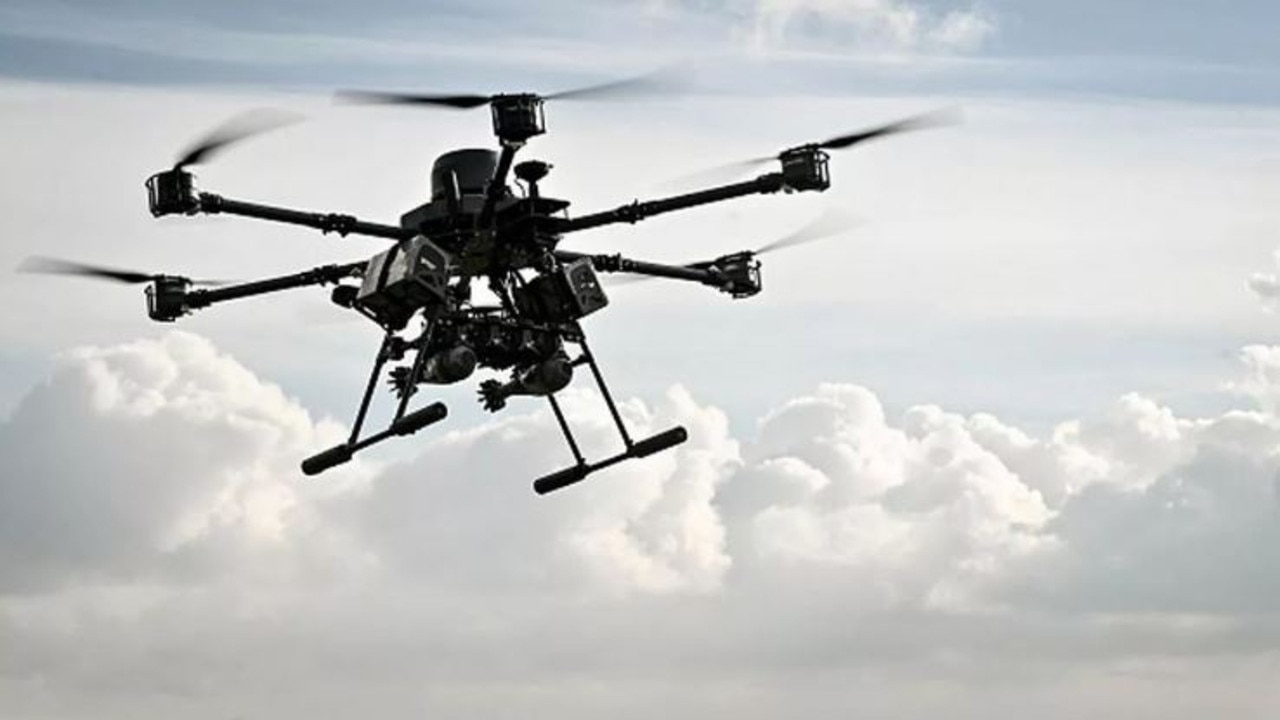
Langley Air Force Base is only one of a handful equipped to sustain operations of the complex, maintenance-hungry F-22 fighters. Almost half of the US Navy’s fleet of nuclear-powered aircraft carriers are stationed nearby.
It’s the F-22’s job to protect them.
Earlier this month, Langley issued a tender for expressions of interest in supplying anti-drone netting to cover the 42 open F-22 shelters at the base.
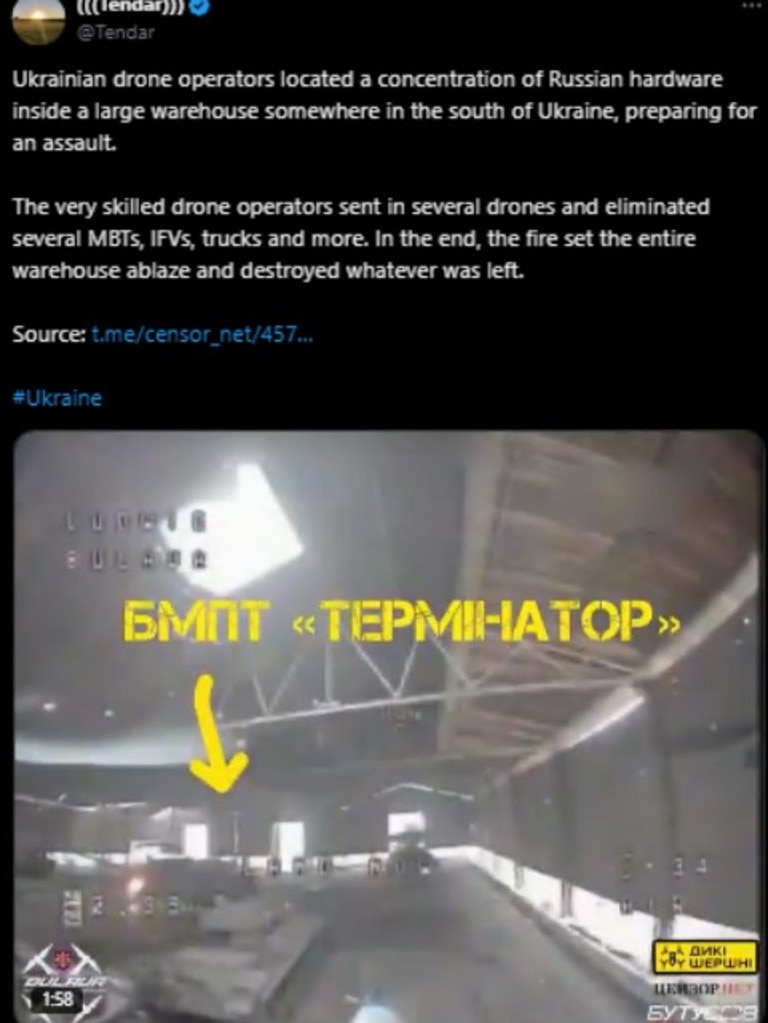
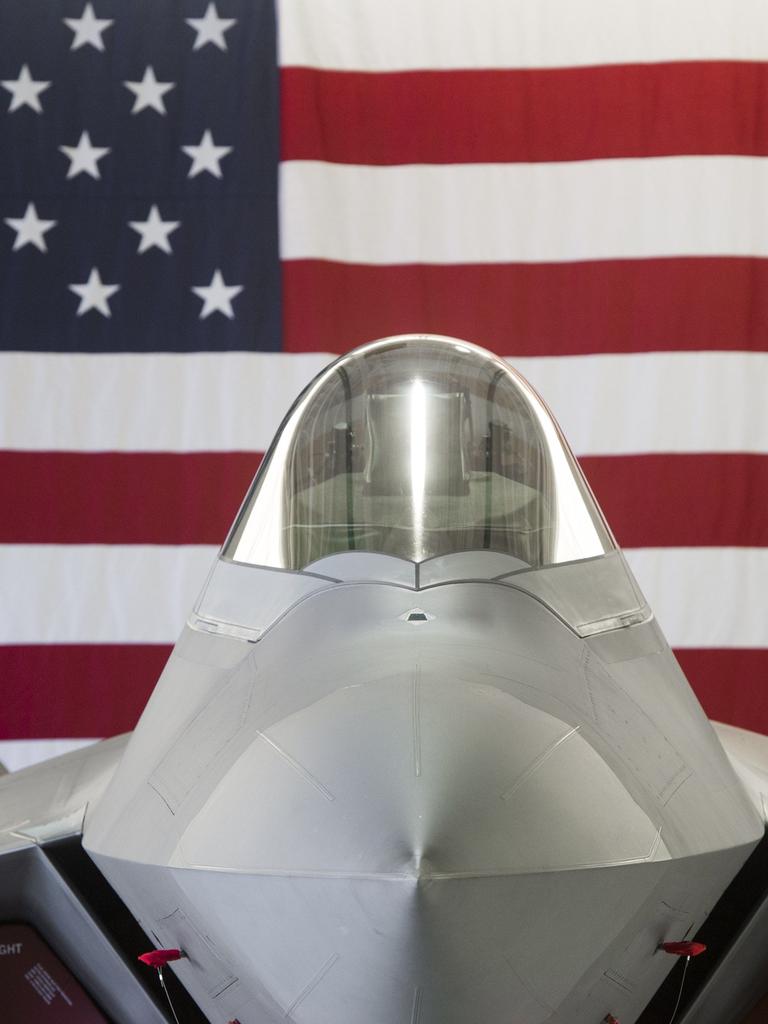
“The intention of the netting is to deter and ultimately prevent the intrusion of UAS’s near airmen and aircraft,” the contracting notice states.
“This initial sunshade netting installation on the metal sunshade (bay Alpha 1) shall serve as a proof of concept for the remaining sunshades.”
The specifications call for the ability to repel drones of up to 10kg in weight travelling at 185km/h. But they must also be capable of rapid retraction if the fighters scramble to respond to an emergency.
Meanwhile, Pentagon press secretary Singh says military facility commanders are authorised to shoot them down if necessary.
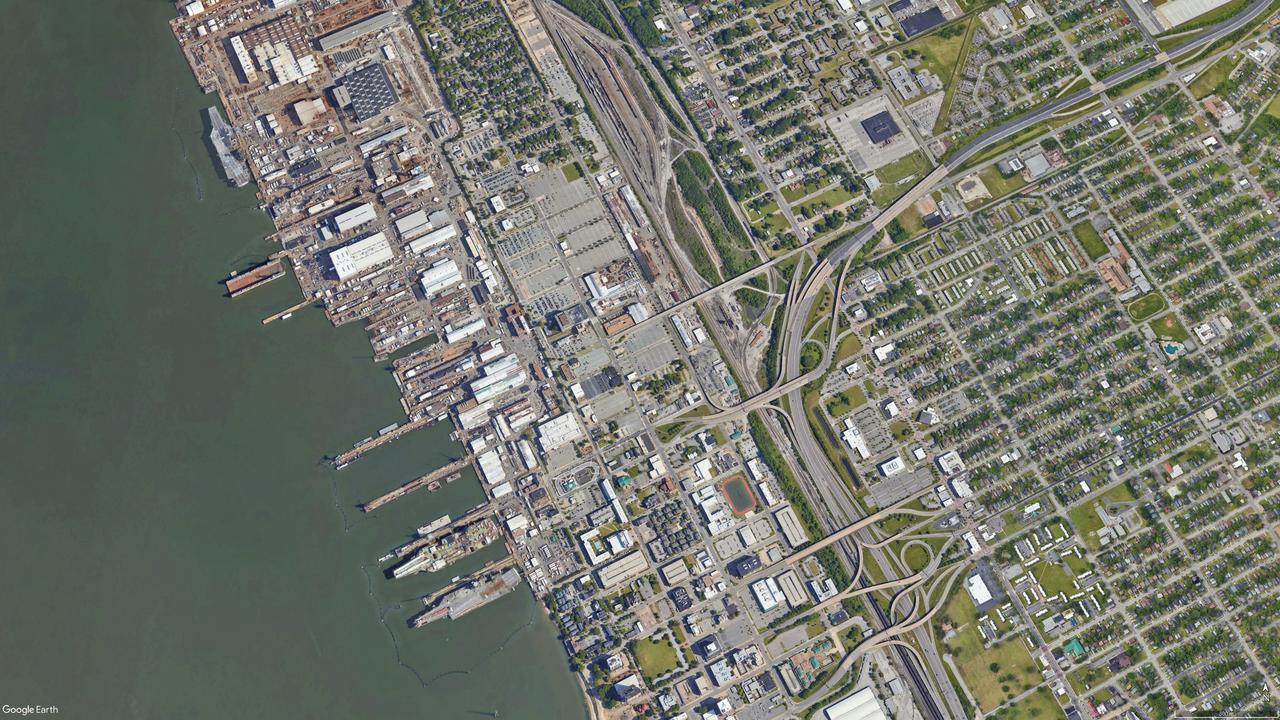
Concerns have been raised that Federal Aviation Authority (FAA) restrictions prevent military bases from shooting down unauthorised aircraft – including drones – outside predesignated sensitive areas unless they can be demonstrated to be an “imminent threat”.
“I’m not aware that they did not have any authority to shoot it down or to shoot anything down,” Pentagon press secretary Singh said in response to questions.
“The commander – or any commander of any base has the authority necessary to protect forces, to protect facilities, infrastructure, and capability there.
“I do know that with all of these incursions, given that it’s on US soil, there is another level of co-ordination within the interagency that needs to take place. But the commander absolutely had his or her authorities to engage any systems that are a threat to the base.”

Identifying the threat
The then-chief of US Northern Command and the North American Aerospace Defense Command, General Glen VanHerck, has told the Wall Street Journal that the drone incursions over Langley were unlike anything he’d ever seen before.
The drones were reportedly about 6m long and flying at about 1000m high. They would appear about an hour after sunset in groups of a dozen or more at a time.
“The number of those UAS incursions did fluctuate on any given day, but they didn’t appear to exhibit any hostile intent,” Pentagon spokeswoman Singh said.
General VanHerck previously admitted to ordering fighter and surveillance aircraft into the air to try and identify the drone types and trace their operators. He did not go into detail.
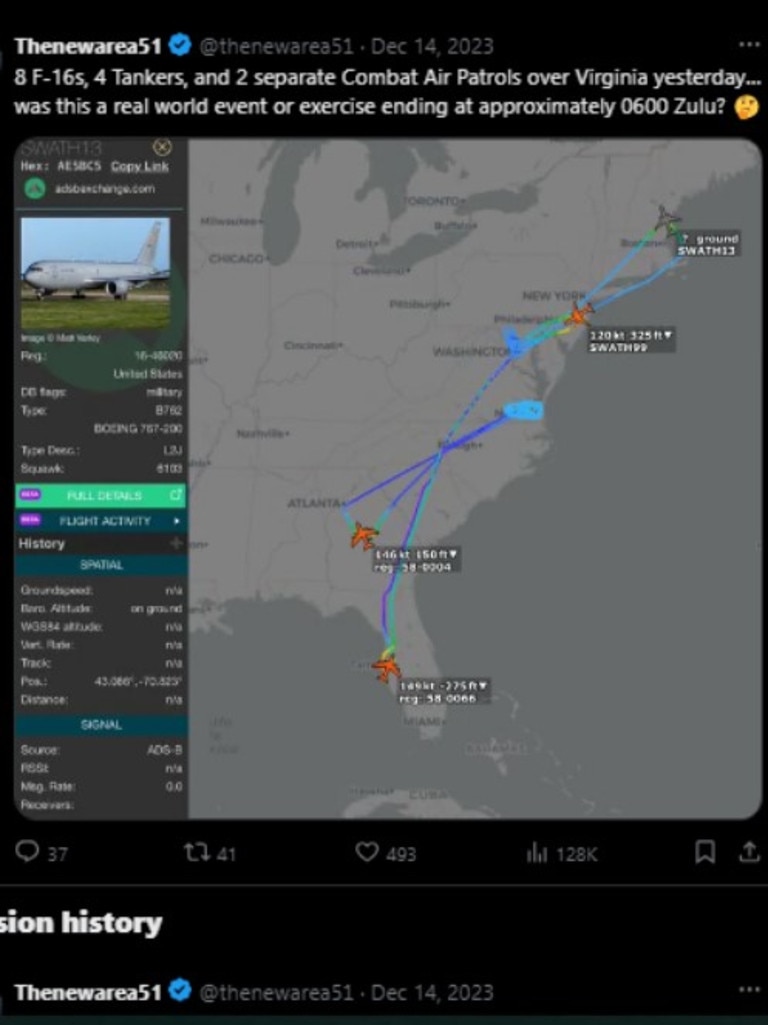
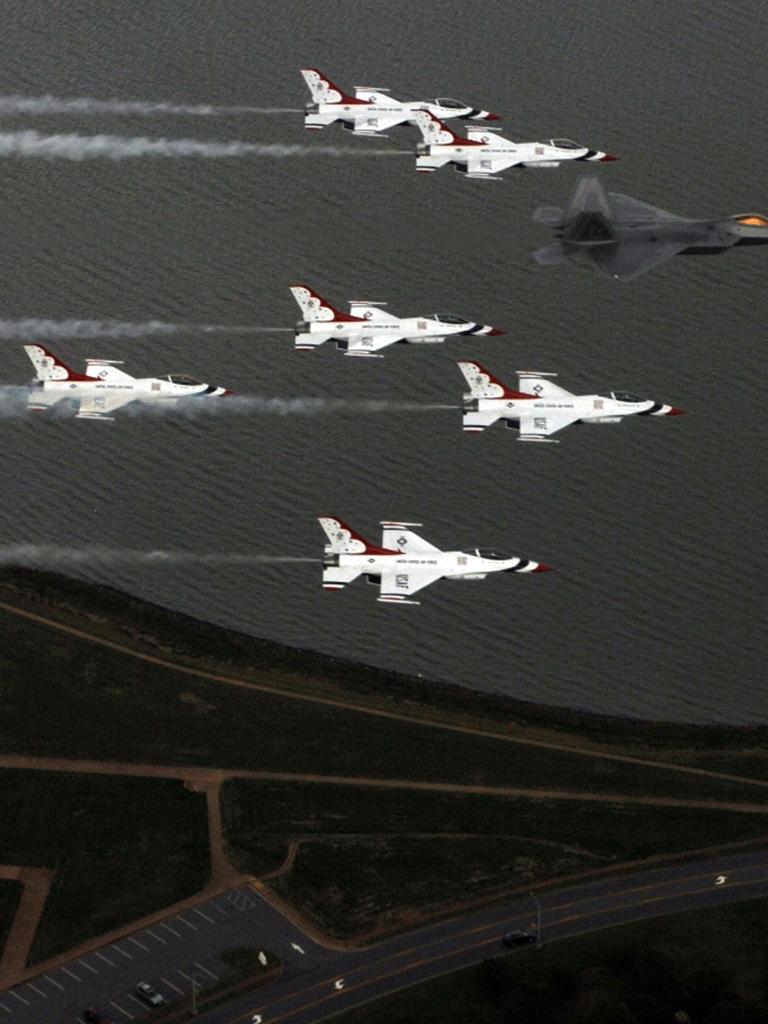
But Open Source Intelligence (OSINT) enthusiasts had noted unusual activity over Virginia at the time of the incursions.
Air Force F-16 Viper fighters were observed flying combat air patrols supported by in-flight refuelling tankers over Chesapeake Bay.
And NASA deployed a rare WB-57F research aircraft that can carry a wide variety of plug-and-play electronic sensors and camera systems in modular payload bays.
The Pentagon has not revealed whether or not these efforts produced any results.
But one potential clue came a few weeks later when Chinese national Fengyun Shi was caught attempting to recover a drone from a tree some 20km from Langley, near a naval shipyard involved in building nuclear aircraft carriers and submarines.
He was arrested a little over a week later as he attempted to board a flight back to China. US investigators were unable to link the self-described “ship enthusiast” to the Chinese government or the earlier drone swarms. So, he was sentenced to six months in prison for unlawfully photographing a classified military installation.
Jamie Seidel is a freelance writer | @JamieSeidel
Originally published as ‘Swarms of drones’ spotted in US skies spark panic





